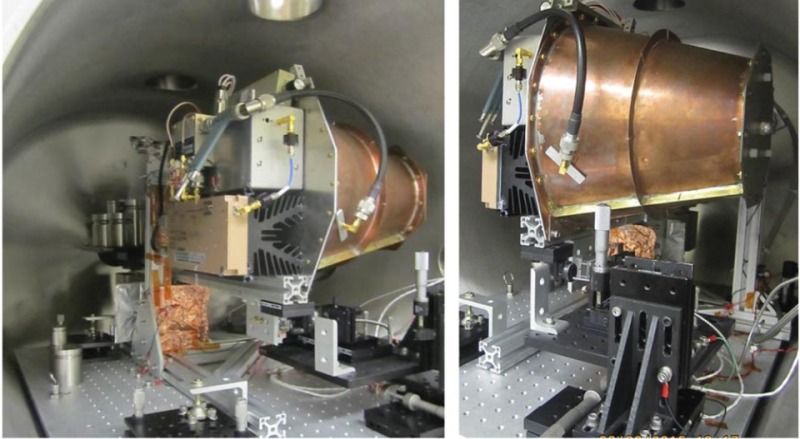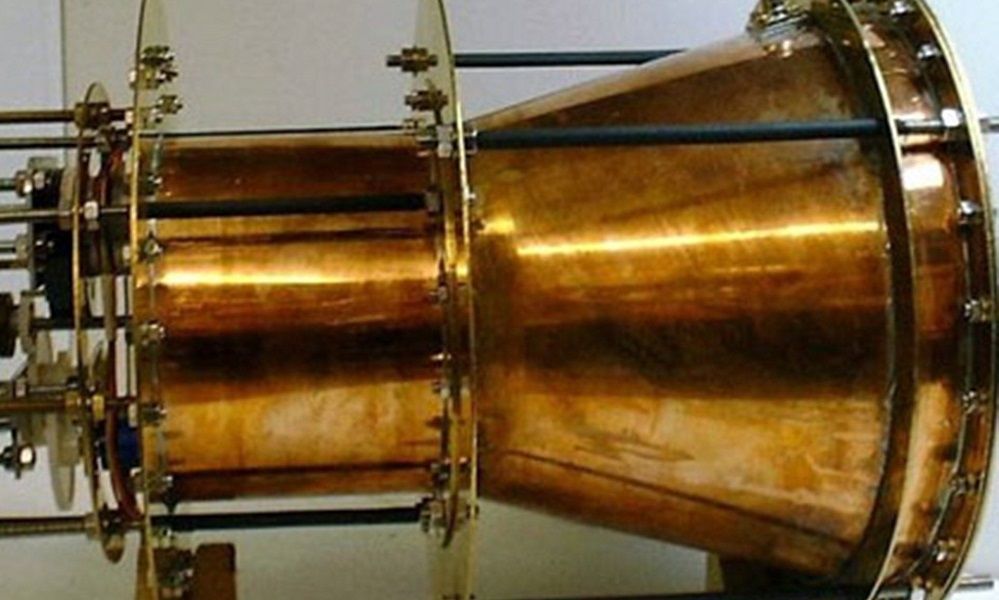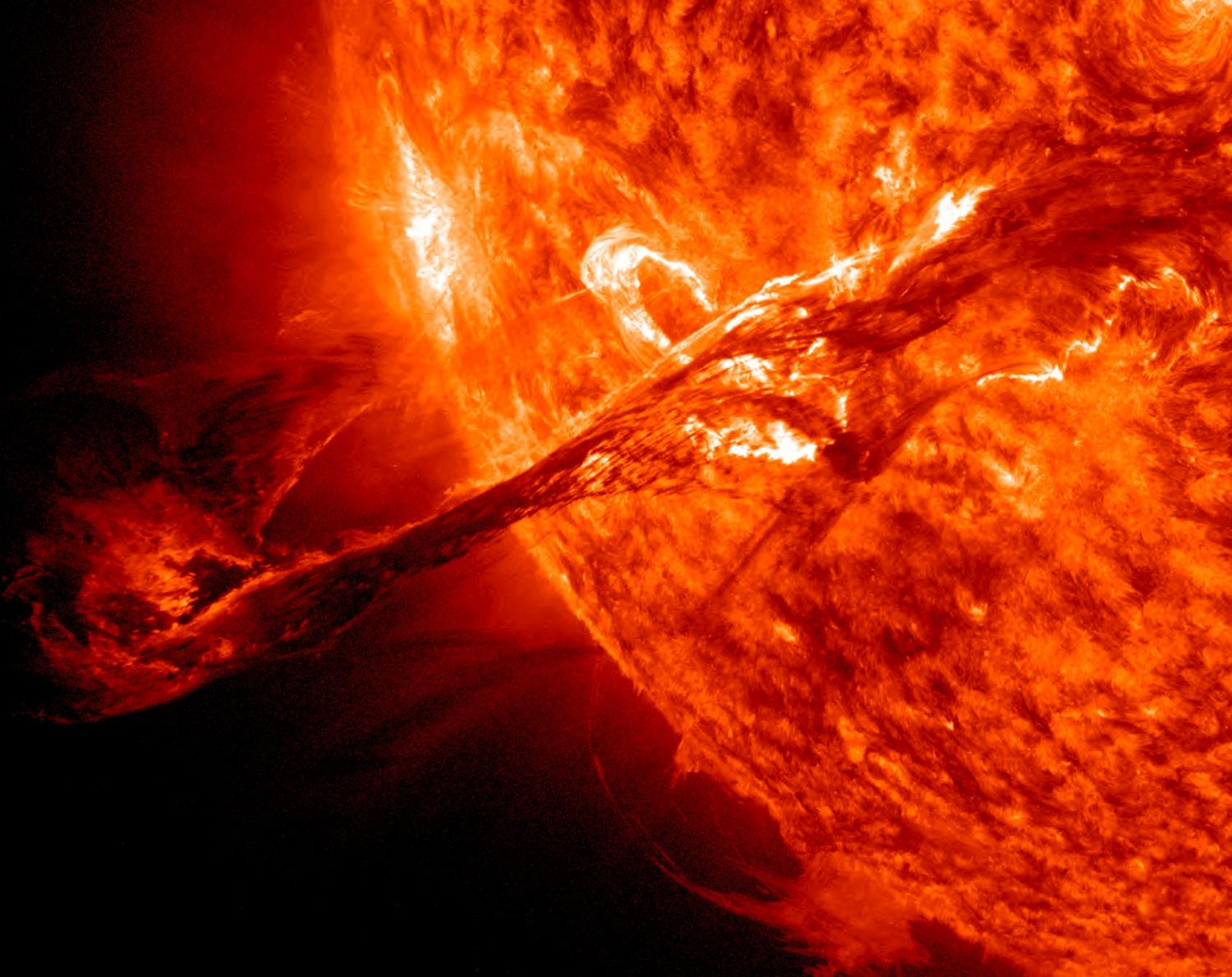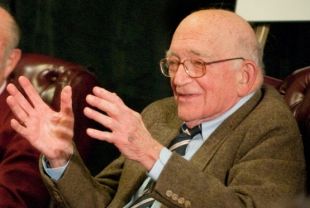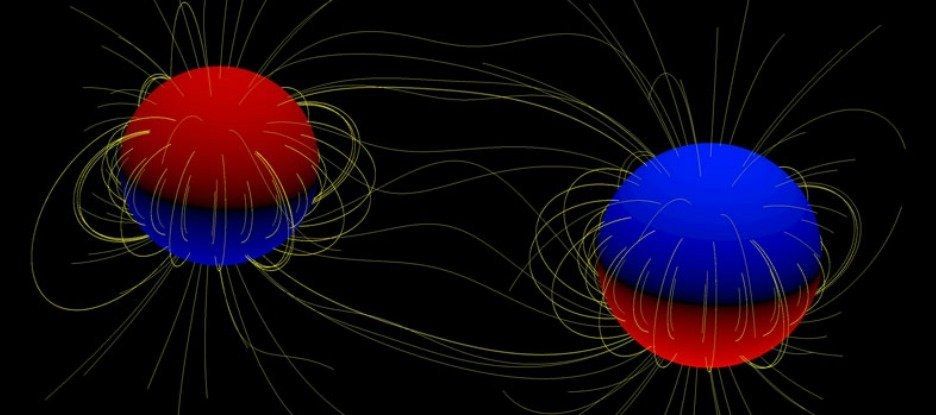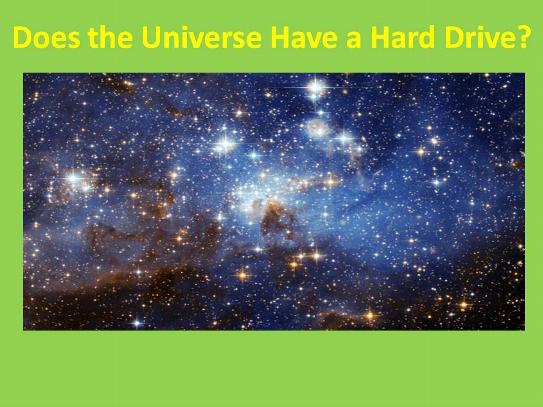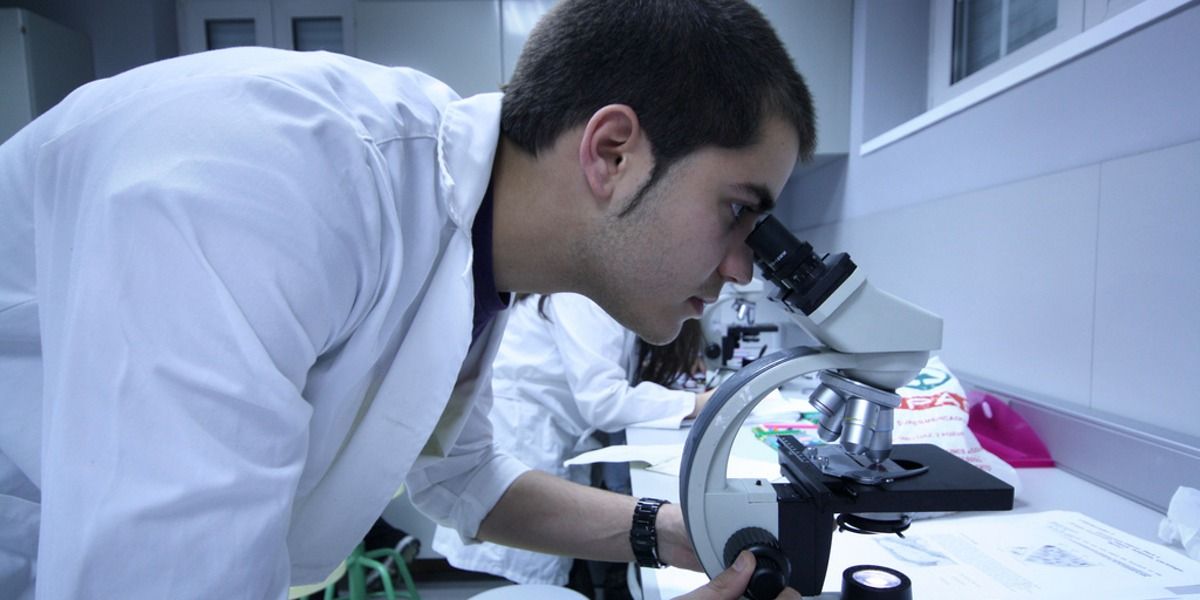Archive for the ‘physics’ category: Page 284
Jan 11, 2017
Consumer Physics, Changhong and Analog Devices announce the world’s first Molecular Sensing Smartphone
Posted by Klaus Baldauf in category: physics
Jan 4, 2017
Antigravity: Discovering if antimatter falls upwards
Posted by Shane Hinshaw in category: physics
If anything fell upwards, it would rewrite physics textbooks. Amazingly fiddly experiments to test whether antimatter can do just this are kicking off.
Click to read an excerpt — subscribers can read the whole thing.
Dec 27, 2016
So About That Physics-Defying NASA Thruster That Supposedly Works
Posted by Jeremy Lichtman in categories: physics, space travel
When NASA scientists think they’ve built something that breaks the laws of physics, do you take them at their word?
Dec 22, 2016
China claims success with new ‘reactionless engine’ EmDrive
Posted by Karen Hurst in categories: physics, space travel
In what appears to be the latest breakthrough in space travel technology, China claims it has made a great leap forward with its ‘reactionless’ Electromagnetic Drive, or simply, EmDrive – an engine that uses only the power of electromagnetic radiation contained within a microwave cavity.
The EmDrive flies in the face of physics – going against the law of conservation of movement; producing mechanical movement but without an exchange of matter.
Dec 22, 2016
The hidden inferno inside your laser pointer
Posted by Karen Hurst in categories: physics, space
If you thought that a kid’s room, a Norwegian Nobel Laureate and a laser pointer had nothing in common, two UA physicists are about to enlighten you.
It’s hard to believe, but after having unraveled many of the laws that make the universe tick, physicists still haven’t reached an agreement on whether something as seemingly simple as “hot” or “cold” can be measured in a system under certain circumstances.
“Imagine you threw an iceberg into the sun and right before it’s melted and gone, you wanted to know, ‘How hot is that iceberg at that moment?’ Would that be a meaningful question to ask?” says Charles Stafford, a professor in the Department of Physics in the UA’s College of Science. “According to traditional physics, it wouldn’t be.”
Dec 22, 2016
Sidney Drell, Stanford theoretical physicist and national security expert, dies at 90
Posted by Karen Hurst in categories: military, physics, policy, security
RIP dear friend.
A giant in the worlds of both academia and policy, Drell died Wednesday, Dec. 21, at his home in Palo Alto. He was 90 years old.
“An accomplished physicist, his contributions to improve national and international security made our world a better place,” said Tom Gilligan, director of the Hoover Institution at Stanford in a statement. “We are especially grateful for Sid’s relentless dedication to eliminating the threat posed by nuclear weapons and know that his important work will continue to frame the issue.”
Dec 16, 2016
Strange Magnetic Stars Could Spawn Some of the Universe’s Most Massive Black Holes
Posted by Andreas Matt in categories: cosmology, physics
Earlier this year, after 100 years of searching for them, an international team of researchers detected the presence of gravitational waves for the first time, thanks to the collision of two massive black holes, providing proof for Einstein’s general theory of relativity.
Needless to say, it was a big deal, but two important questions remained: where did the two colliding black holes that created these gravitational ripples in space-time come from, and how did they get so massive?
Black holes form when a star runs out of fuel and collapses in on itself.
Dec 16, 2016
Does The Universe Have a Hard Drive?
Posted by Philip Raymond in categories: computing, cosmology, physics, quantum physics, supercomputing
Zura Kakushadze is lead author of this peer reviewed paper published by the Free University of Tbilisi. It describes an information paradox that arises in a materialist’s description of the Universe—if we assume that the Universe is 100% quantum. The observation of the paradox stems from an interdisciplinary thought process whereby the Universe can be viewed as a “quantum computer”.
The presentation is intentionally nontechnical to make it accessible to a wide a readership.
Dec 12, 2016
Physicists in Australia Just Proved Reality Doesn’t Exist
Posted by Shane Hinshaw in category: physics
Get ready to have your mind blown. According to an experiment led by two physicists in Australia, reality doesn’t exist. Turn on, tune in, and drop out man, because the world as you know it is all kinds of weird, at least on a quantum level.
Andrew Truscott and Roman Khakimov of The Australian National University used atoms to put a John Wheeler delayed-choice thought experiment to practical use. The Wheeler thought experiments ask, in theory, at what point does an object decide to act like one thing or another.
Truscott and Khakimov’s team used what is assumed to be extremely expensive and complex scientific equipment to trap a single helium atom and then drop it through a pair of laser beams that formed a scattered grating pattern.
Continue reading “Physicists in Australia Just Proved Reality Doesn’t Exist” »



